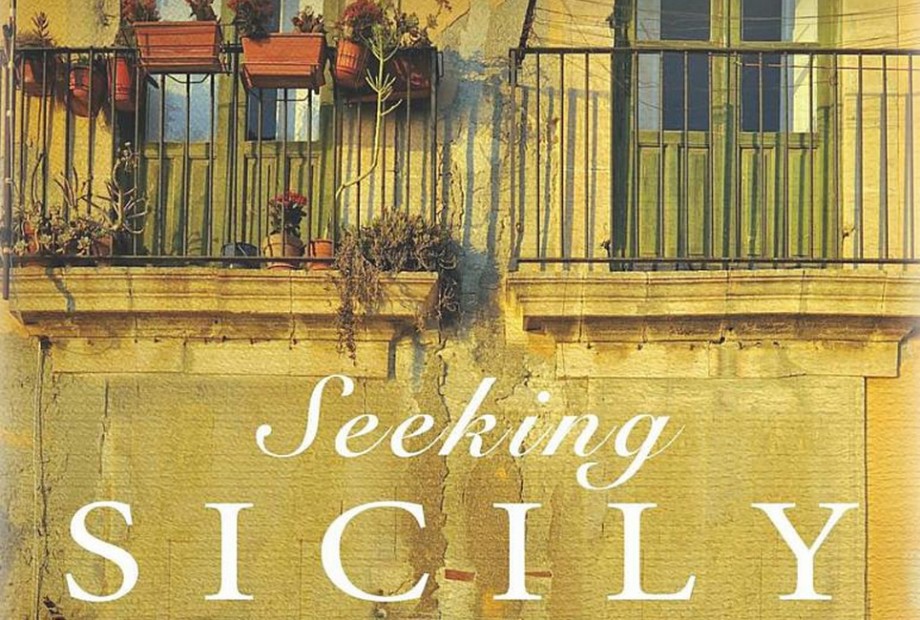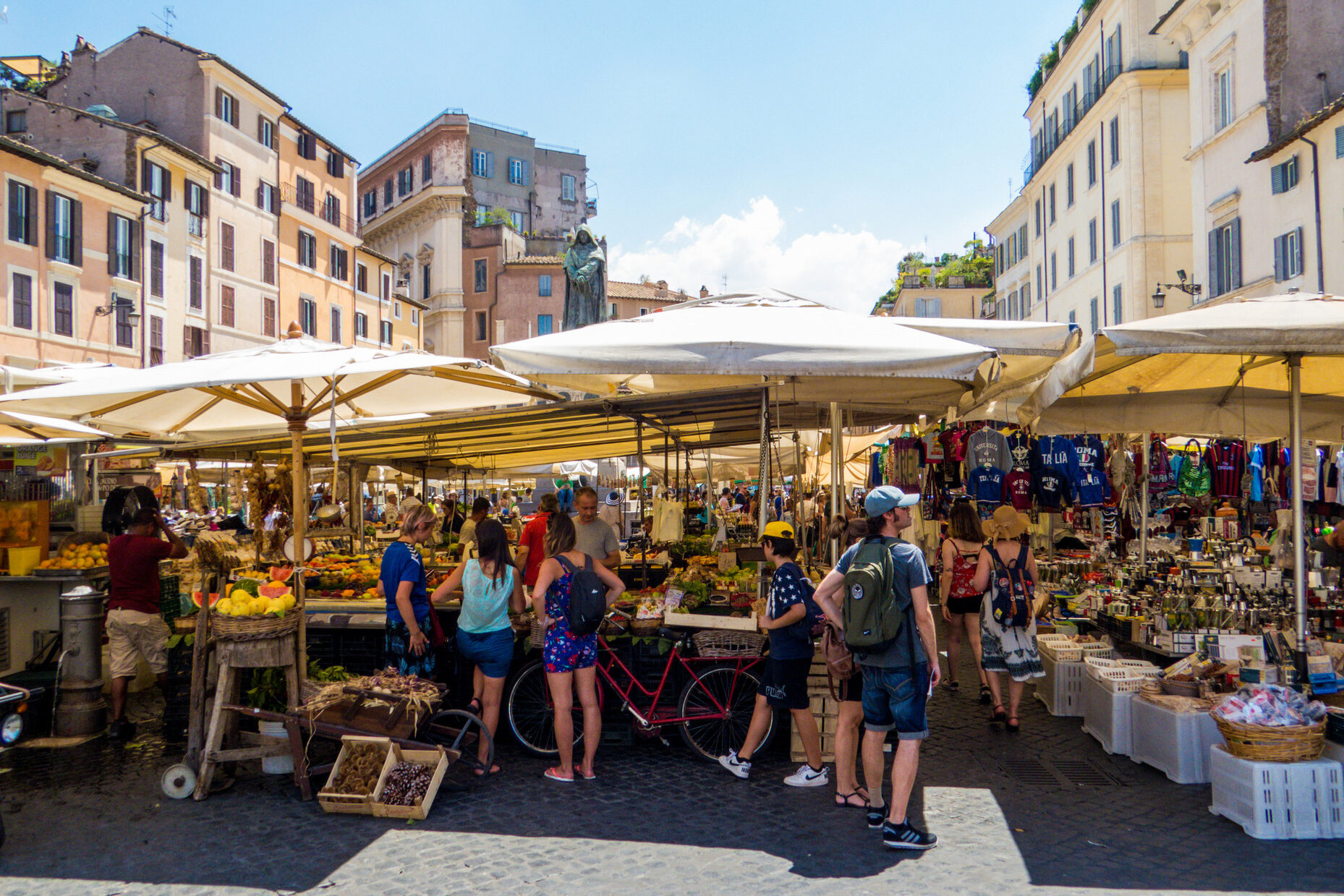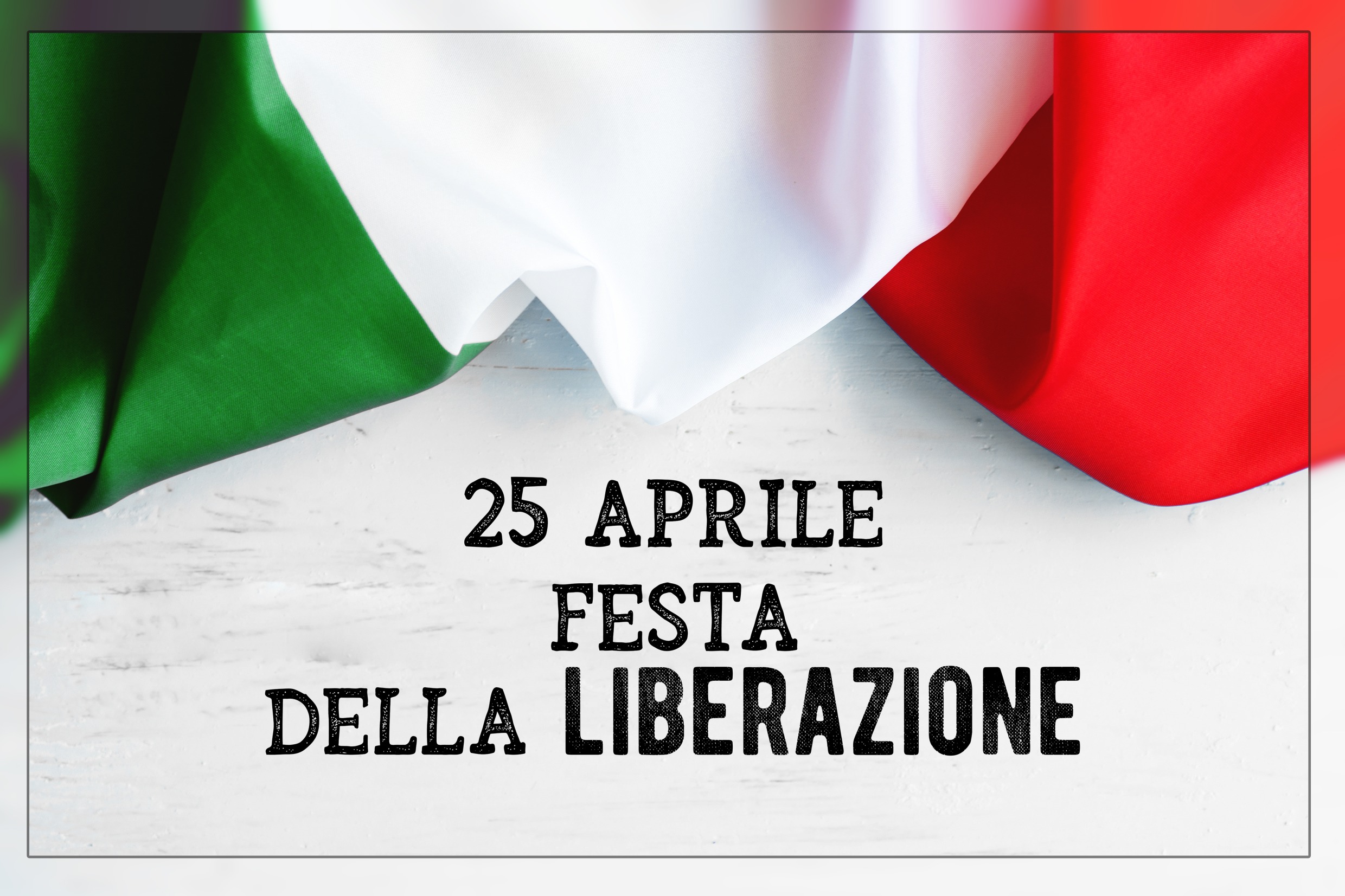In the 1950s English novelist Elizabeth Bowen announced to her friends that she planned to write a book about Rome. Concerned about her image as a writer, her friends warned her that better writers than she had attempted and failed to write successfully about Italy. The challenge for the travel writer, since the onset of the Grand Tour three hundred years ago, has always been how to capture both Italy’s complex history and its mystifying, contemporary social order.
John Keahey in his fourth book on Italy has tried again. But of all the possible regions in Italy, Sicily is certainly the most difficult to write about. The Ear of Dionysus, Selinunte, the Valley of the Temples, Segesta, and Monreale are among Sicily’s many obligatory sites to visit. But as Keahey did in Hidden Tuscany, he avoids obvious monuments in an effort to get to the heart of Sicilian culture. Along the way, he records conversations he has with Sicilians and interprets some of Sicily’s iconic twentieth-century writers. While literature is certainly one important avenue into any culture, getting contemporary Sicilians to talk to an outsider about the circumstances surrounding their lives is difficult, if not impossible.
Perhaps this is why the most prominent mystery writer in Italy is Sicilian, Andrea Camilleri. After centuries of foreign occupation, including a post-unification northern Italian government that has consistently ignored Sicilians’ needs, from economic investment in infrastructure to land reform, Sicilians are leery of outsiders. As Keahey writes, often Inspector Camilleri cannot find credible witnesses to a crime because Sicilians don’t trust the police, or any outsider. This is a major problem for a foreign visitor to the island who hopes to write about Sicilian culture.
Keahey’s subtitle tells us right off that he has overreached his goal: myth and reality. Neither lend themselves to easy summary. Sicilian myth is Greek, Roman, and Christian, as well as Mediterranean, with a plethora of regional variations. Furthermore, the origins of many myths and rituals are lost in undocumented pagan observances. Keahey says little about the important but lost Jewish history of the island, where there were once scores of Jewish settlements before Ferdinand and Isabella’s Inquisition either ran the Jews out or converted them to Catholicism. Here in “the Heart of the Mediterranean,” there are churches in villages where it is sometimes difficult to find a crucifix, but the local saint, such as Santa Rosalia, surely once a Mediterranean cult figure before she was coopted by Catholicism, is worshipped and prominently displayed over the altar. Spring and summer festivals are celebrated in her name. The Black Madonna is as well worshipped throughout the island. What are the origins of such observances and saints?
But so much of this historical and cultural complexity is overshadowed by the contemporary view of Sicily. The island, with the help of the media and writers, may have created a myth of its own identity in that ubiquitous criminal organization known as the Mafia. As Keahey writes in what has become an obligatory Mafia chapter in every book on Sicily, “The history of the Mafia dates back to the eighteenth century, with roots that go back even further.” Its origins have been debated for decades by scholars without any satisfying answer. Furthermore, Keahey tells us that the term “Mafia” is “not in much use in these days.” What exactly is it and to what extent does its “system” extend into the rest of Italy? In Rome and throughout the North, there are entire investigative offices dedicated to rooting out Mafia investments in northern businesses. Is it just Sicilian, or is it a criminal phenomenon throughout Italy? More important for Keahey or any writer on the subject, no one will willingly talk about it and reveal its inner workings. Many will even deny that it even exists, or ever has.
In his Sicilian Lives (1960), Danilo Dolci exposes the Mafia’s connubial relationship with the Catholic Church, the government, the legal system, and landowners. Scandal does not describe what Dolci reveals. As both Dolci and later Carlo Levi in Words are Stone have demonstrated, the Mafia and the religious, legal, and landed interests have all worked together, like one big happy family, for centuries to prevent land reform, exploit the peasant class, and crush union organizing. This unholy criminal, religious, and governmental alliance is at the basis of the Sicilian lower class’ historic poverty.
In a chapter on the Language, Keahey attempts to investigate Sicilian. Its many dialects still remain incomprehensible to even the learned, northern Italian speaker. It exists in many forms, from the isolated central villages to larger towns such as Piana dei Albanesi, whose particular Sicilian dialect is derived from the historic arrival of Albanian immigrants centuries ago. Piana was once shrouded in a kind of mystery. In those diminutive but detailed red, nineteenth-century Baedeker travel guides, Piana was once called Piana dei Greci, because even linguists mistakenly thought that, based on the village’s incomprehensible dialect, its inhabitants emigrated from Greece. When Keahey’s travel companion, who is fluent in Italian, tries to speak with a shepherd, he reports back to Keahey, “I couldn’t understand a word he said.”
Yet it is widely known that Sicilian poets from the court of King Frederic II in the thirteenth century would influence both Dante and Petrarch in Tuscany. As Gaetano Cipolla tells us in the introduction to the complete works of Giovanni Meli, Sicilian is considered by many the “first poetic idiom of Italy.” But Sicily’s many regional dialects pose a problem for the outsider. If language is the gateway to a nation’s culture, where does the writer find the real Sicily represented by Sicilian and its many dialects?
To find the heart of the Sicilian culture Keahey leans heavily on some of its most famous authors and their works, Giovanni Verga’s The House by the Medlar Tree (1881), Giuseppe di Lampedusa’s The Leopard (1960), and Leonardo Sciascia’s The Death of the Inquisitor, including Sciascia’s views on the Mafia. Keahey’s criticism is interesting, but it is not clear how much these writers tell us about the Sicilian society that the visitor will encounter and be forced to negotiate and experience. Verga’s novel, for example, is over a hundred years old. Perhaps Dolci’s Sicilian Lives, Levi’s Words are Stone, and Dacia Maraini’s memoir, Bagheria, would have been more productive works to discuss. They depict the roots of the aristocratic, religious, governmental, and criminal association that have for so many centuries controlled and exploited Sicily’s working and peasant classes.
Keahey has chapters on contemporary Palermo, Racalmuto, Sulfur mining, and, of course, Sicilian cuisine. Sulfur mining in Sicily has a horrid history: of inhumane working conditions for adult miners and unspeakably cruel and cold-hearted exploitation of child labor. But these mines are all but gone in contemporary Sicily. Taormina only gets passing mention, while Siracusa and Catania are afforded a little more space, but no individual chapters. These are the obvious sites Keahey wishes to avoid. But in spite of their popularity for tourists, they remain places to visit where that special Sicilian cuisine has not been compromised by tourism.
Sicilian cuisine, like Sicilian Catholicism, is a complicated subject that only adds further to the myth of this mysterious island. What are roots of Sicilian cuisine? I have on my shelf a rare cookbook on the Arabic roots of Sicilian cooking, Cucina Paradiso. In addition to extensively researching his subject, the writer, Clifford Wright, ate at Sicilian acquaintances’ tables where he derived his many intriguing recipes. However, not surprisingly, he had to guess at the ingredients of many of his recipes, because his otherwise gracious hosts refused to reveal their recipes’ ingredients.
Seeking Sicily is a narrow window into Sicilian culture. But given the complexity if not the unwillingness of its subject to reveal itself to outsiders, this is perhaps all anyone can hope for in one book on the storied history of Sicily.
Kenneth Scambray is the author of A Varied Harvest: The Life and Works of Henry Blake Fuller, The North American Italian Renaissance: Italian Writing in America and Canada, Surface Roots: Stories, and Queen Calafia’s Paradise: California and the Italian American Novel.































